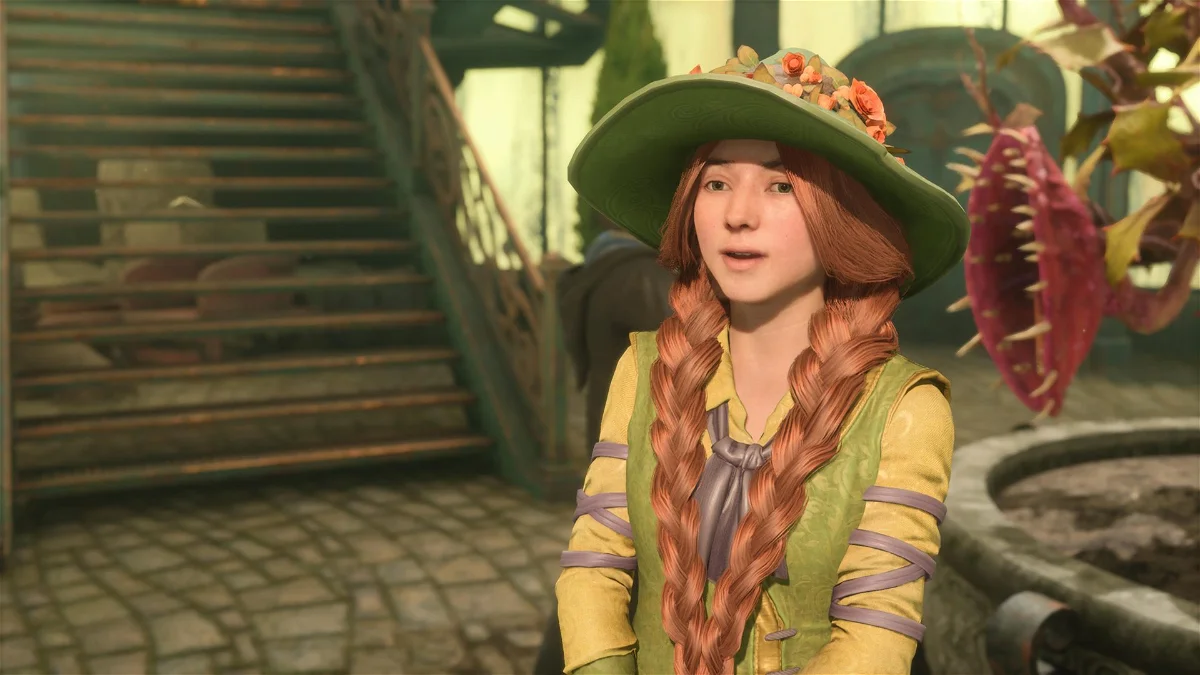Digital Art Revolution: Exploring NFTs and Online Galleries

Digital Art Revolution: Exploring NFTs and Online Galleries In recent years, the art world has witnessed a transformative revolution brought about by digital technology. This revolution has given rise to various forms of artistic expression, challenging traditional notions of art ownership and exhibition. At the forefront of this digital art movement are Non-Fungible Tokens (NFTs) and online galleries, which have redefined the way artists create, share, and monetize their work. In this exploration, we delve into the intricacies of NFTs and online galleries, unraveling their impact on the art industry and the broader cultural landscape.
Understanding NFTs: A Gateway to Digital Ownership
At the heart of the digital art revolution lies the concept of Non-Fungible Tokens (NFTs). NFTs are distinct electronic assets verified using blockchain technology, ensuring digital artwork authenticity and ownership. Unlike cryptocurrencies such as Bitcoin or Ethereum, NFTs represent ownership of a specific item, be it electronic painting, music album, video clip, or even a tweet. The creation of NFTs has provided artists with a groundbreaking way to establish provenance, enabling them to monetize their digital creations while retaining control over their intellectual property rights.Digital Art Revolution: Exploring NFTs and Online Galleries.
Online Galleries: Redefining Art Exhibitions in the Digital Age
Accompanying the rise of NFTs are online galleries, virtual spaces where artists can exhibit their work to a global audience. These platforms eliminate physical galleries, allowing artists to showcase their art without geographical limitations. Online galleries provide immersive experiences, leveraging virtual reality (VR) to create lifelike exhibition spaces. Visitors can explore these galleries from their homes, engaging with art in ways previously unimaginable. Moreover, online galleries democratize the art world, offering emerging artists opportunities for exposure and recognition globally.
The Impact on Traditional Art Markets: Challenges and Opportunities
The emergence of NFTs and online galleries has raised questions about traditional art markets’ future. Established auction houses and galleries are adapting to the online landscape, incorporating NFT sales into their offerings. However, this digital shift presents challenges, including copyright, intellectual property, and internet piracy. Artists and collectors alike must navigate this evolving landscape, understanding the implications of digital ownership and the potential risks involved.
Yet, amid these challenges, the digital art revolution also brings exciting opportunities. Artists can now receive direct support from their audience through crowdfunding and microtransactions, bypassing intermediaries. Additionally, blockchain technology ensures fair compensation for artists, as every transaction is recorded and can be traced back to the original creator. This newfound transparency instills confidence in both artists and buyers, fostering a more equitable art ecosystem.
Cultural Implications: Redefining Artistic Expression and Ownership
Beyond commerce, the digital art revolution holds profound cultural implications. It challenges traditional notions of artistic expression, encouraging artists to explore interactive and multimedia formats that blur the line between creator and audience. Collaborative and dynamic artworks, enabled by blockchain technology, are becoming increasingly prevalent, redefining the relationship between artists and their patrons.
Furthermore, ownership is evolving. With NFTs, buyers acquire more than just a physical object; they obtain a piece of the artist’s digital legacy. This shift in ownership has sparked discussions about the nature of art and its value. This has prompted society to reconsider how we perceive and preserve creative works in the digital age.
Looking Ahead: The Future of Digital Art and Its Societal Impact
As we navigate this digital art revolution, it is essential to consider its broader societal impact. The fusion of technology and creativity transforms art experience but also challenges our understanding of creativity, authorship, and ownership. Art democratization through NFTs and online galleries empowers artists and collectors, fostering a vibrant and diverse creative landscape.
In conclusion, the rise of Non-Fungible Tokens and online galleries marks a pivotal moment in art history. This digital art revolution transcends the physical world, inviting artists and enthusiasts to participate in global creative exchanges. As we embrace this transformative era, it is crucial to navigate its complexities thoughtfully, ensuring that artists receive due recognition and that art’s cultural value is upheld in our increasingly digital society.

Leave a Comment